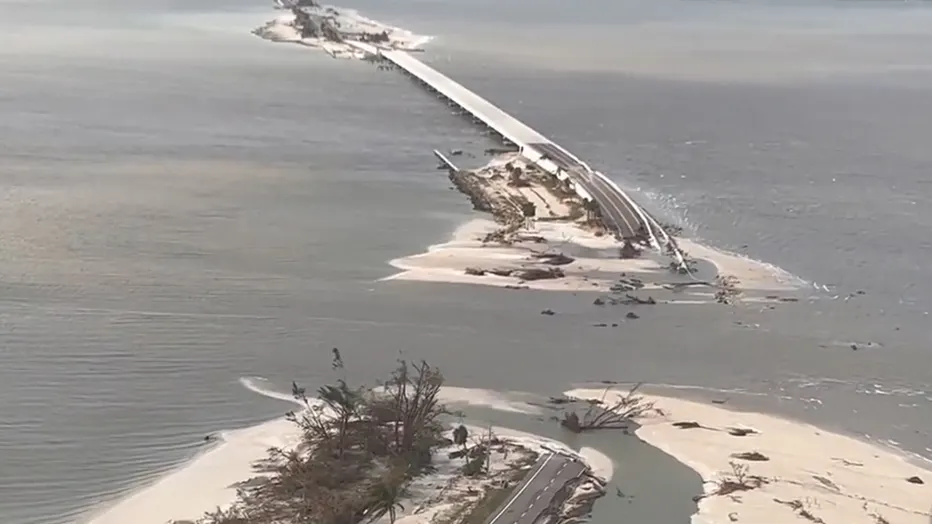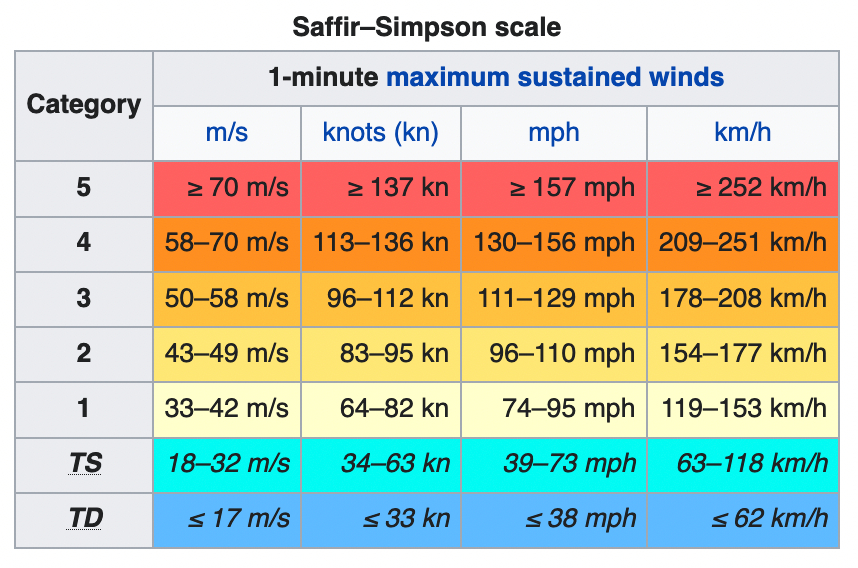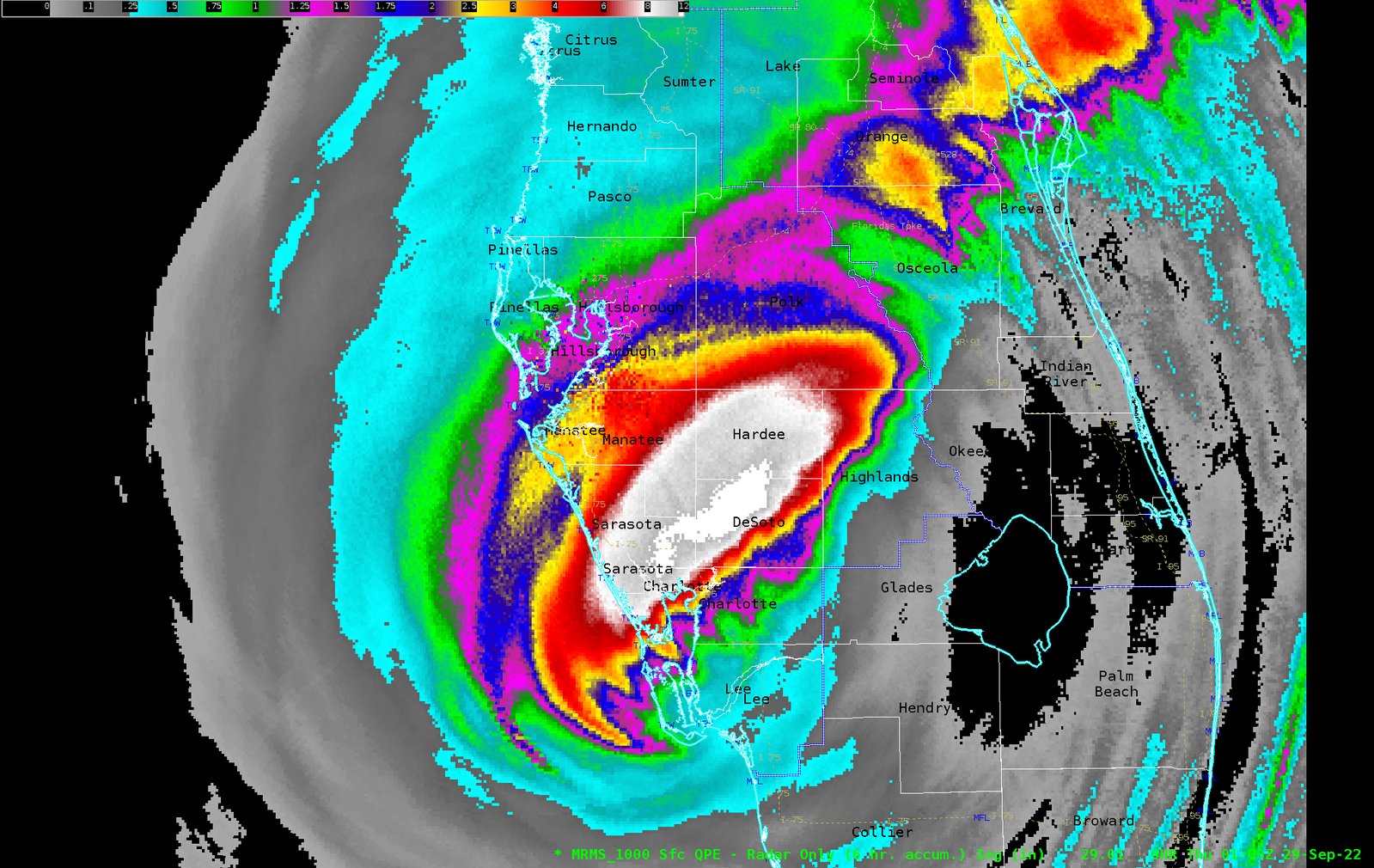
Welcome to the new season of Nature Stories: Winds of Change. As many of you know, the area of Southwest Florida where I live was hit by a major storm, Hurricane Ian, in late September. The human cost of that storm is technically quantifiable. It caused over $113 billion in damages, making it the costliest storm in the history of Florida and the third costliest overall, behind only Hurricanes Katrina and Harvey. In terms of deaths, the current total is at least 157, 146 in Florida, the deadliest storm in the state since the Labor Day Hurricane of 1935. However, those numbers don’t really do it justice. To me, at least, the collapse of the Sanibel Island Causeway and the near total destruction of the town of Fort Myers Beach are the true symbols of Ian’s power.

The devastating nature of a major hurricane hitting a population center seemed to trigger curiosity about its impact on non-human life. Over the last several months I have heard numerous questions, some directed towards me but many others that I was told about after the fact, regarding the effect Ian had on different types of wildlife.
However, before I explore the details of wildlife effects, I feel it is important to gain some perspective into just how devastating a hurricane can truly be. Unfortunately, even here in Florida, we have a tendency to treat hurricanes with a level of banality that occasionally borders on the reckless. For my more northern readers, go ahead and look up the term ‘hurricane party’ to understand what I mean. In some ways, however, I can understand the feelings of complacency. Ian wasn’t even the only hurricane to hit Florida in the 2022 season. In early November, Hurricane Nicole made landfall on the east coast of the state. It wasn’t nearly as strong as Ian, but it still caused significant property damage near its landfall site, mainly through beach erosion. However, on the other side of the state, we just got some rain. While it lasted longer, it would otherwise have been difficult to distinguish it from a normal rainy season shower. Hurricanes can feel like all-or-nothing affairs and it can be easy to forget their power because of that. So, let’s take a refresher together.
Wind
When talking about hurricanes, the first thing you usually think about is wind speed. This is understandable, as the typical classification system we use for these storms is based on the average sustained wind speed. Known as the Saffir-Simpson hurricane wind scale (SSHWS), it divides a tropical cyclone into ‘Tropical Depression’ (TD), ‘Tropical Storm’ (TS), and Hurricane Category 1-5. The values for each are shown in the table below.

Ian was a Category 4 hurricane, with maximum sustained winds of 155 mph or 250 km/h, just below the values of a Category 5 storm. It was especially devastating because the highest wind speeds measured occurred only 8.5 hours before landfall in Florida. The SSHWS was specifically designed with the impacts on human infrastructure in mind. Looking up technical descriptions of each category gives you the effects on roofs, mobile homes, electrical power, potable water, and other man-made efforts. High winds can also move unsecured objects if they are left out in the open. Objects of low weight and/or high surface area are the most vulnerable to this, creating dangerous makeshift missiles or even knocking down and blowing away living creatures.
Another way of measuring wind speed is the Beaufort wind force scale. It is less well-known than the SSHWS because it mostly deals with sea state conditions and is thus less relevant to humans living on land. It was designed to correlate wind speeds with wave height ranges and overall wave and sea conditions. As Ian passed over, I was at a local evacuation center in an interior area with no outside windows, but I could hear the wind. It reminded me of the Beaufort scale and a passage from The Perfect Storm by Sebastian Junger, in which he chronicles certain events of the 1991 Halloween Gale:
Fishermen say they can gauge how fast the wind is—and how worried they should be—by the sound it makes against the wire stays and outrigger cables. A scream means the wind is around Force 9 on the Beaufort Scale, forty or fifty knots. Force 10 is a shriek. Force 11 is a moan. Over Force 11 is something fishermen don't want to hear.
The scale only goes as high as Force 12, which corresponds to wind speeds equivalent to a Category 1 hurricane or higher. At Force 12, wave heights in the open ocean are at least 46ft or 14m. Those aren’t conditions that most small or even medium-sized boats can handle for long. At that point, the ocean spray means there can be as much water in the sky as air.
Waves and Surges
How high a wave gets is based on a number of conditions and subject to a large amount of random variations. However, there are three major limiting factors. These are: 1. how fast the wind blows (speed), 2. for how long it blows (duration), and 3. the size of the area of water over which it blows (fetch). The other important variable that can sometimes come into play is water depth (transition from deeper to shallower water can cause wave height to increase).
Of course, most of us aren’t crazy enough to be out on the open ocean during a hurricane, but when the waves reach the shore and break, they can be just as devastating. Extreme amounts of beach erosion can occur, both undermining structures and altering the habitat for those plants and animals that live there.
Then there is storm surge, a particular problem for coastal areas hit by hurricanes. Storm surge is a measure of water level, specifically how high water gets above its normal tidal variations. Waves don’t factor into this measurement, although they can have an effect on its extent. Instead, storm surge is mainly due to wind physically pushing water towards the coast. It can be partially negated or enhanced by other factors such as the Earth’s rotation and the behavior of water in relation to a change in atmospheric pressure from the storm (a drop in pressure will cause a corresponding increase in water level to maintain total pressure below the surface).
Ian had storm surge of 10 to 15ft or 3.0 to 4.6m, an absolutely phenomenal amount. A lot of people don’t quite fathom just how destructive water can be. A single cubic meter of water (about the volume of a 2-seat sofa) weighs 1 ton and when that water is moving it can quickly destroy anything in its path. Beach, estuary, and riverside areas are all vulnerable to this increased water level and subsequent potential flooding. Also, even after the water has receded, there can be lingering effects because of saltwater intrusion.
Rain and Flood
With all the emphasis on winds and rising sea levels, it can be easy to forget that hurricanes also deliver large amounts of precipitation as the pass by, sometimes in areas much farther away than those hardest hit by the other two. This was the case with Ian. I live in Lee County, where wind and storm surge caused massive destruction. But, looking at the rain map below, you can see that our overall rainfall from the storm was fairly mild. However, farther north and inland, some areas received 8 to 12 inches of rain.

That amount of rainfall in a relatively short amount of time can cause flooding as lakes and rivers are unable to contain the excess and it accumulates too fast for the ground to absorb (absorption is also hindered by various human impacts such as the introduction of impervious surfaces such as roads). The end result is widespread flooding, like that seen in the following photo. Flooding of this sort has its own set of causal factors including conditions on the ground as well as factors from the hurricane itself. The amount of rain a hurricane can output depends on how much moisture it is able to concentrate in itself from the surrounding air (both atmospheric and evaporative moisture) and how much rain any particular area gets depends on the overall land speed of the storm (a slower storm will linger as it moves and thus dump more precipitation over a particular place).

Conclusions
Part of what makes hurricanes so destructive is that these impacts aren’t separate, but cumulative. Each one has the potential the affect the severity of the others. That said, they are a recurring aspect of global weather. Every year, on average, 86 tropical cyclones worldwide reach at least the intensity of a Tropical Storm. Of those, 47 become Hurricanes and 20 reach at least Category 3 on the SSHWS. Non-human species have had to deal with these meteorological phenomena for a long time, so how do they manage? What strategies have they developed to handle the threats outlined here? Are hurricanes as destructive for them as they are for us? Those are the questions we’ll be addressing as the season continues. It’s going to be an exciting journey.